Key questions to ask and insights to use when deciding on the best investment of your precious time and money
Using the latest insights showing how consumers and businesses are using digital media and technology is powerful in helping decide where you need to invest more/less time or budget. Using the right insights can also make an impact when presenting to colleagues or clients about improvements to marketing.
In this post, I round-up some of the significant stats from 2013 which show the big trends in consumer behaviour across different digital platforms and channels that will help you question your priorities in 2014. If you’re looking for specific insights about a particular channel or network, perhaps in a region or country, we compile these together to make them easier for our members to find when creating presentations - see our Online marketing usage statistics and our online marketing benchmarks compilation.
Social media marketing
Q. Which social networks should we focus on?
With limited time you need to focus your participation on the social networks which are growing fastest and have the most participation amongst your audience. This data from Global WebIndex shows the growth in the main networks across different age groups. You need to check how you're performing compared to competitors too.
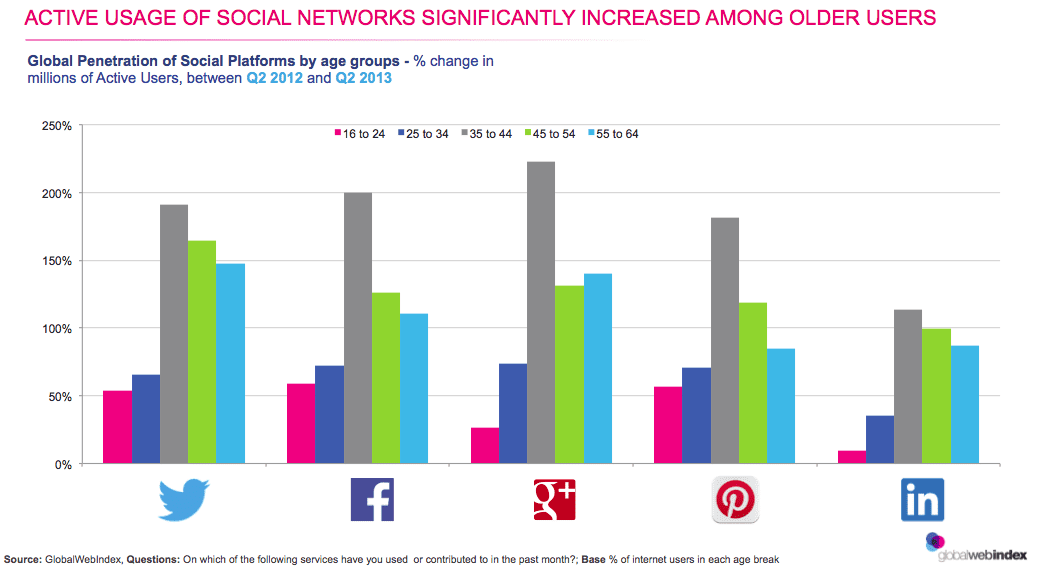
Q. Which social networks encourage sharing?
Our post asking which social network drives the most visits used social sharing data from Gigya to help answer this question. These are the top sources of sharing at a top-level.
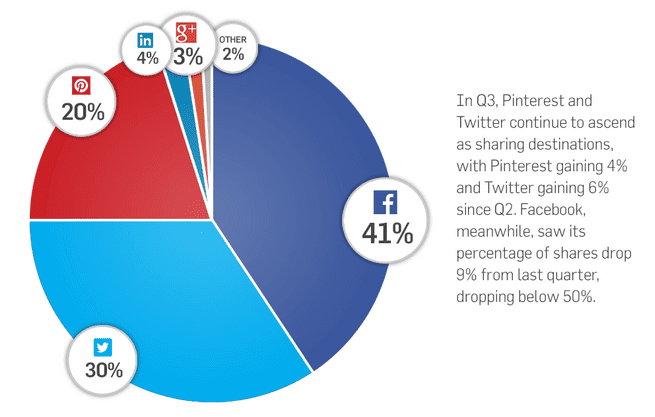
Of course, sharing will vary by market, so check your sharing against your direct competitors. Here we can see that Ecommerce sharing is quite different - with Pinterest very popular, particularly in the US.
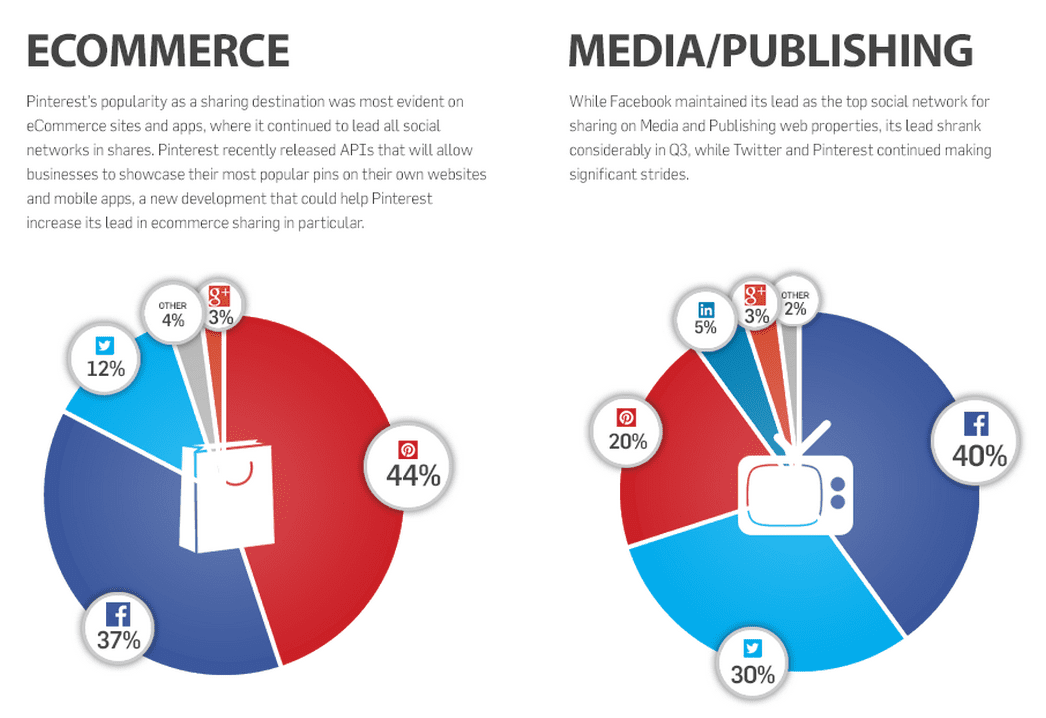
Q. Should we offer social sign-in?
The same data source also shows the relative popularity of the social networks for social sign-in. Data is available specifically for Ecommerce companies and publishers too.
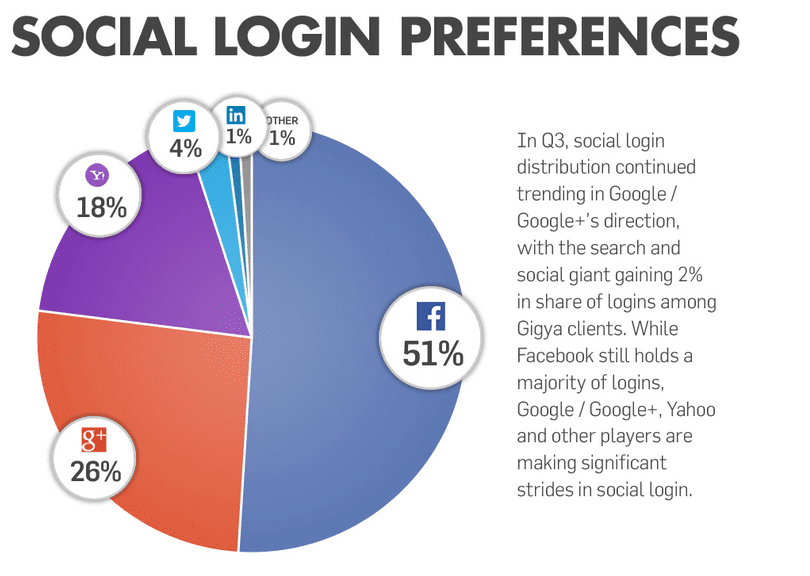
Search
Q. How popular is mobile search and how effective is our mobile SEO?
With the increase in consumer adoption of mobile, you should focus more on visits from mobile SEO. See how the proportion of mobile visits vary in importance compared to other traffic sources to see whether you potentially have a problem.
Despite the growth in popularity of social media many of us still turn first to a search engine, although this new data from Google’s new Mobile Path to Purchase guide shows us that mobile apps and brand sites are important sources too according to consumers.
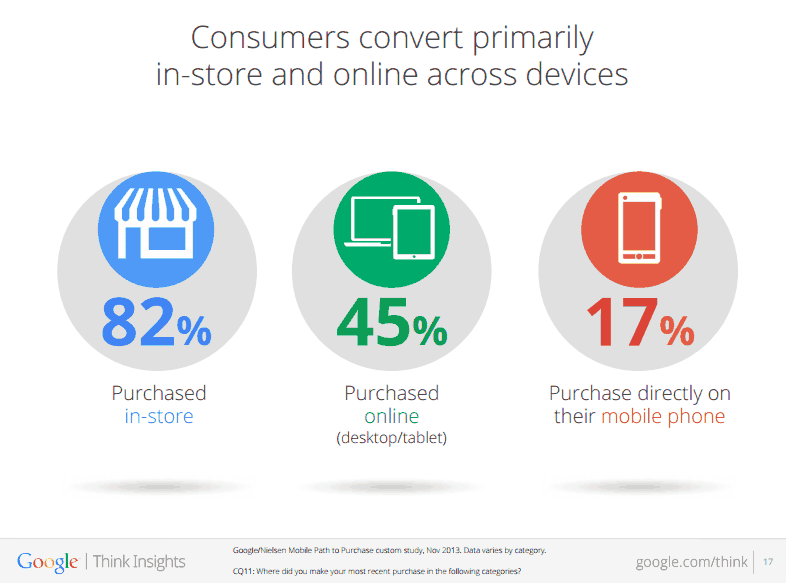
Q. How do I review the effectiveness of my SEO given the growth in Not Provided?
We have alerted readers to how Google has progessively removed referring keywords in its reports during 2013, so making reporting on SEO more challenging, although we have shown there are decent alternatives.
As if you needed a reminder, this is how significant Not Provided is now...
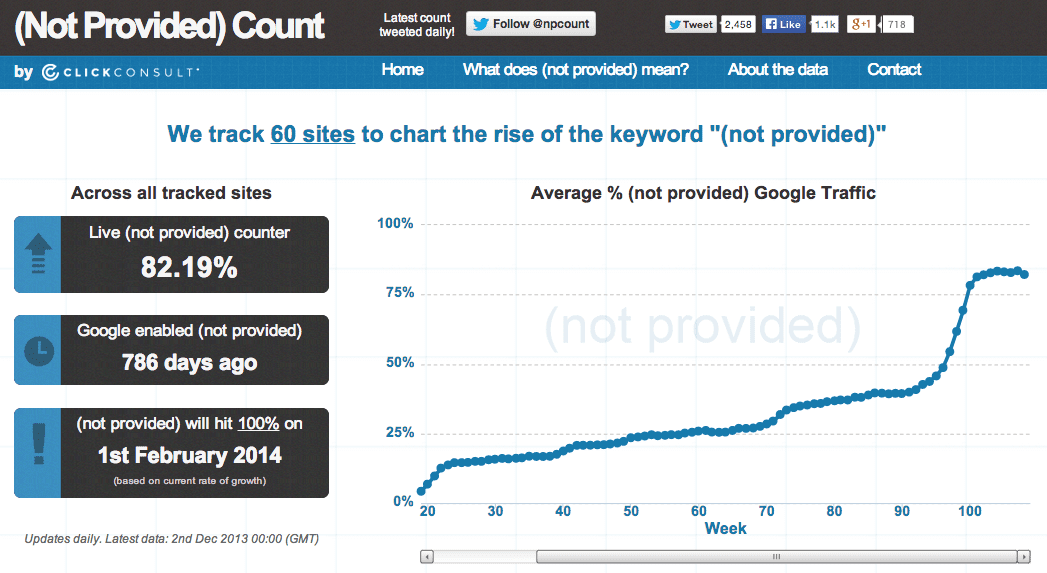
Ecommerce and conversion rate optimisation
Q. What is our potential improvement in conversion rates?
Although overall conversion rates for Ecommerce can help us benchmark, as Dan Barker said in this post average conversion rates are near-meaningless.
So what you need to review is the variation in conversion. This will vary by device, country, referrer and of course product category on the site as suggested by this benchmark from Monetate. Only by analysing variation and understanding which interactions on category and product pages and customer online shopping concerns which affect conversion will you be able to improve conversion.
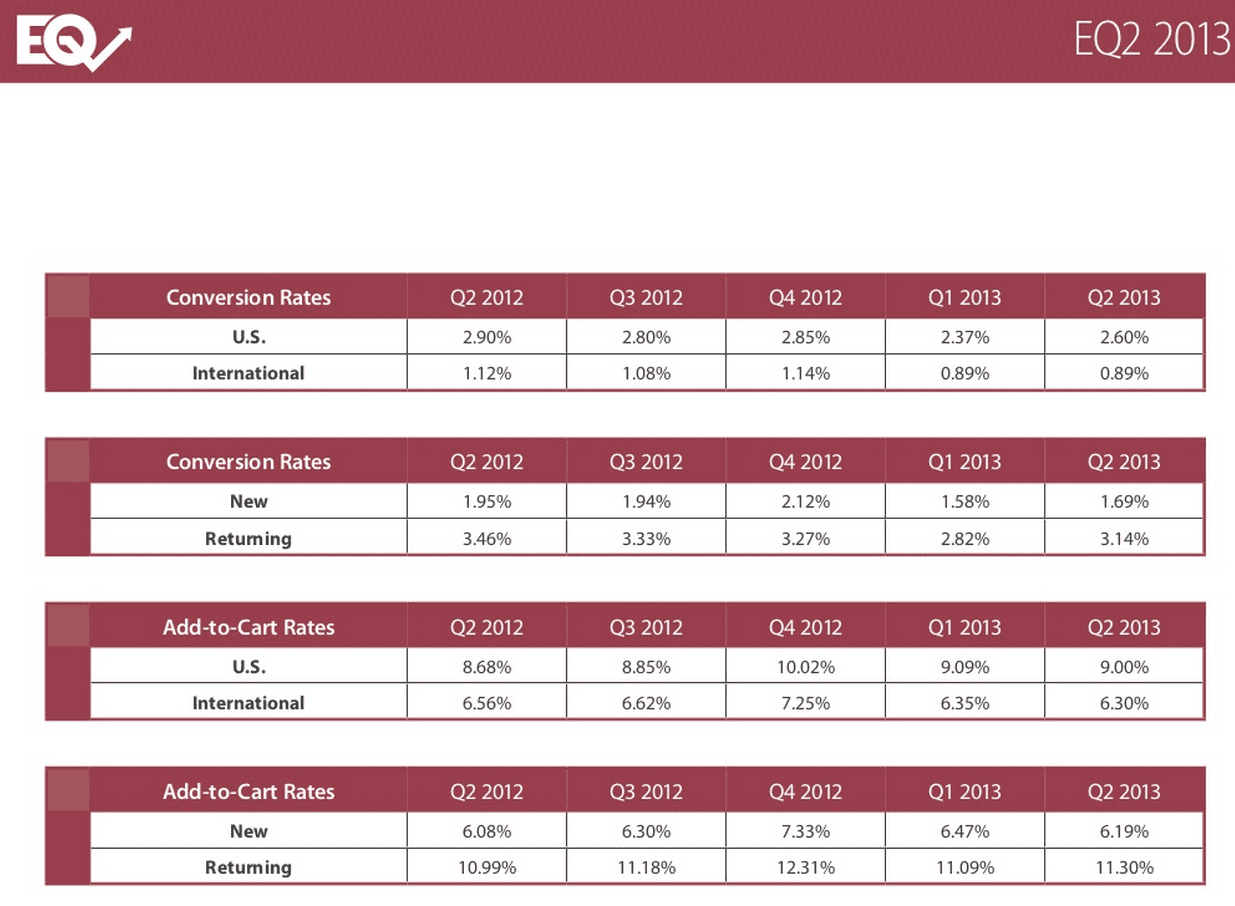
Q. Which channels drive conversion and value - beyond last click to assists
We've regularly written on the importance of channel attribution to understand which media influence sales over the increasingly complex customer journey. This new data from Adobe shows, for example that social media and search can be more valuable when assists are taken into account. It also highlights the importance of comparing channels on revenue per visit.
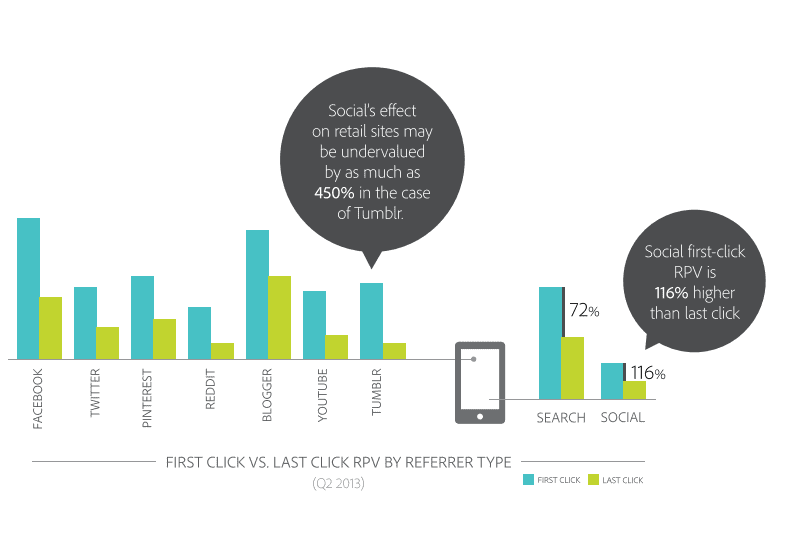
Email marketing
Q. How seriously should I treat mobile email?
You probably know the answer to this already! The answer is “very seriously”. Litmus does an excellent job in in documenting the growing rise of mobile email.

Within email opened on mobile devices, checking your iPhone and iPad rendering is most important, although Android is rising fast.


















